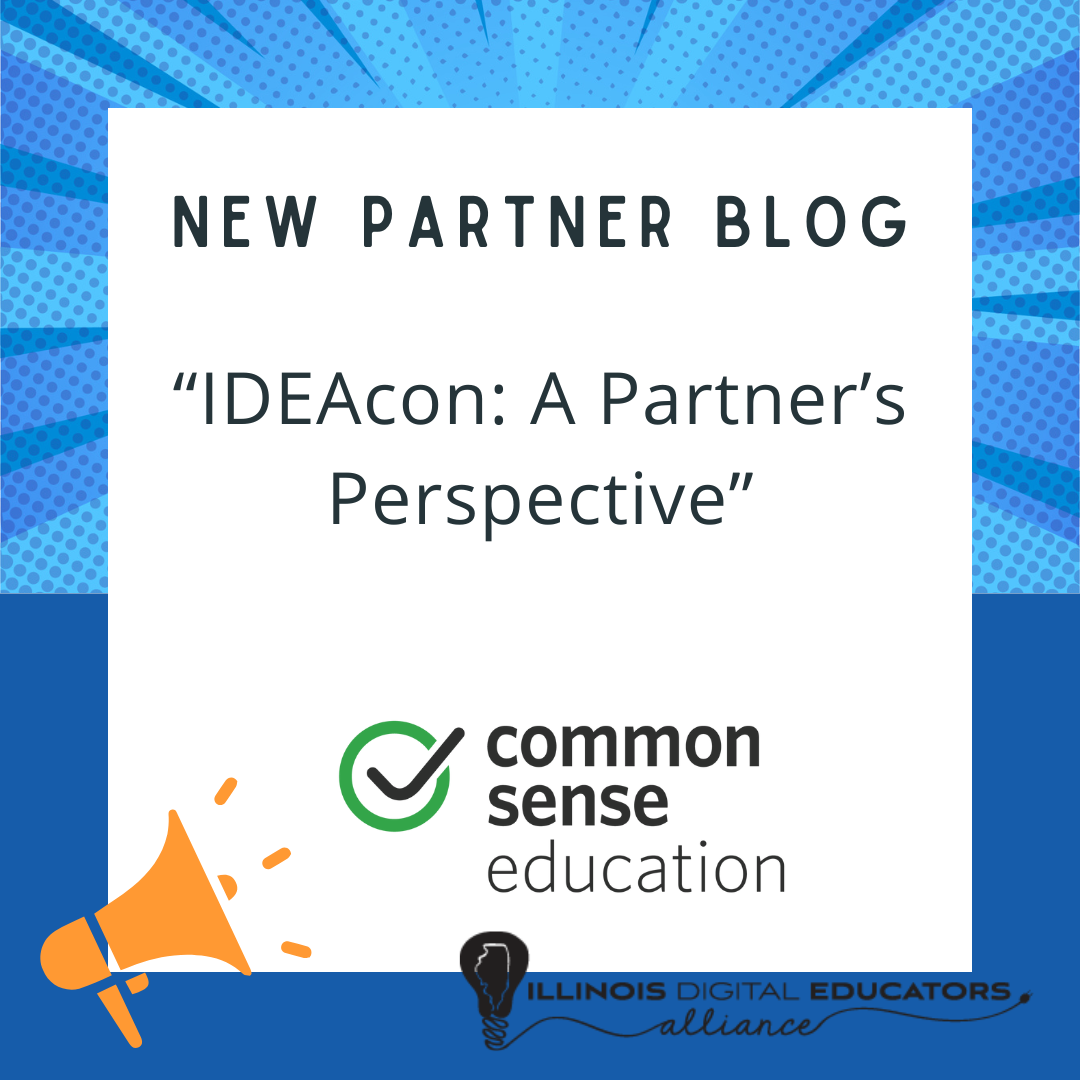Learning Styles: Separating Fact from Fiction
For years, the idea of “learning styles” has shaped how educators teach, parents guide, and students approach learning. From being labeled as a “visual learner” to claiming to thrive with “hands-on” activities, the concept seems both intuitive and practical. However, decades of cognitive science research have debunked this widespread myth. Let’s delve into the origins, misunderstandings, and evidence-based alternatives to this popular but misguided theory.
What Are “Learning Styles”?
The learning styles theory suggests that individuals learn best when teaching methods align with their preferred sensory modality. Most commonly these are visual, auditory, or kinesthetic (VAK). For example, a visual learner might benefit from charts and diagrams, while an auditory learner might absorb information more effectively through lectures. A fourth common modality is reading/writing learners.
Despite its widespread acceptance, learning styles lack scientific support. According to researchers Cedar Riener and Daniel Willingham, there is no credible evidence that teaching to a student’s reported learning style improves outcomes. Studies, such as those reviewed by Pashler et al. (2008), consistently fail to show that matching instruction to a learning style improves student learning.
Misinterpreting Multiple Intelligences
One source of confusion fueling the learning styles myth is Howard Gardner’s theory of multiple intelligences. Gardner’s framework identifies distinct cognitive capacities, such as linguistic, spatial, musical, and interpersonal intelligences, which describe the ways individuals process different types of information.
However, Gardner himself has emphasized that multiple intelligences are not synonymous with learning styles. He likens these intelligences to “autonomous computers” in the brain, each designed for specific tasks, such as interpreting spatial relationships or recognizing musical patterns. The idea is not to pigeonhole learners into one modality but to appreciate the breadth of human capabilities.
Why Learning Styles Persist
The persistence of the learning styles myth can be attributed to its intuitive appeal and anecdotal reinforcement. Statements like “I’m a visual learner” or “I can’t learn unless I do it myself” feel personal and relatable. Yet, research from institutions like Yale’s Poorvu Center for Teaching shows that these self-reports are subjective preferences rather than evidence-based strategies.
Another factor is the prevalence of learning styles in teacher training materials and educational practices. A 2020 study from
Education Next highlighted how licensing materials for educators still perpetuate these debunked ideas, undermining efforts to train teachers in effective pedagogy.
The Real Harm of the Myth
Believing in learning styles may seem harmless, but it can lead to real consequences including limited growth opportunities, misdirected resources, and the stagnation of teaching methods. Limited growth opportunities comes from labeling learners which can discourage them from developing underutilized skills or trying new approaches. By following these beliefs,schools and organizations can spend time and money on training and materials based on a flawed premise. Finally, by rigidly adhering to the concept of learning styles prevents educators from employing diverse, evidence-based techniques leading to a stagnation of teaching methods.
What Works in Learning?
While the concept of learning styles does not hold up under scrutiny, there are other well-supported strategies can enhance education. First, using varied teaching approaches. By combining visual, auditory, and kinesthetic elements learning can be enriched and address the demands of different subjects.
A second approach is to focus on the content. The best teaching methods depend on what is being taught. For example, learning geometry might benefit from visual aids, while practicing a language may thrive with auditory repetition. A third technique is to use active engagement. Techniques like problem-solving, collaboration, and self-reflection encourage deeper understanding. Ideally educators should try to use a variety of appropriate techniques for the subject being taught. The more varied the instruction, the more of Gardner’s intelligences are engage. Combine that with making sure the material is connected to prior knowledge and learning can be improved.
A Call to Reimagine Learning
It’s time to move past the myth of learning styles and embrace evidence-based methods that empower all learners based upon their backgrounds and levels of understanding. As researchers like Shaylene Nancekivell and colleagues (2019) have shown, correcting this misconception can improve educational outcomes. Let’s focus on what truly matters: fostering adaptable, resilient learners who can tackle challenges from multiple angles.
In the words of Howard Gardner, “The brain is more like a team of skilled workers than a single all-purpose machine.” It’s not about fitting students into predetermined boxes but equipping them with the tools to learn and grow in diverse ways.
For more information on the research on the concept of learning styles, see this annotated bibliography.

Phil has been a Social studies, speech, and video teacher for almost 30 years with 15 years in a 1:1 environment. He believes technology should transform teaching. His doctorate focused on flipped learning, educational technology, and quality PD for educational technology. He has taught graduate courses on EdTech and presented at numerous national and regional conferences.
RECENT ARTICLES




